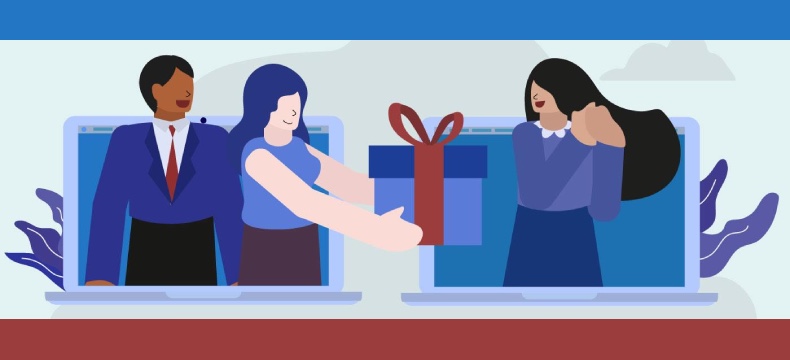
Ferrero Rocher chocolates in India don’t compete with Cadbury’s in the latter’s most popular segment – bar chocolates. Instead, Ferrero Rocher has cleverly and consistently positioned itself as a gifting must-have during the festival season. That the chocolates are covered in gold-colored wrappers makes it a perfect festival gifting item in gold-obsessed India. A budget Diwali meetha gift becomes premium if you add a Ferrero Rocher pack to it 🙂
In fact, Ferrero Rocher’s 2020 Diwali campaign was precisely that. Observe the fact that the original gift was a box of normal chocolates, and this is cleverly swapped for a box of Ferrero Rocher chocolates in the ad. You know who the target is, in this ad – yes, Cadbury Celebrations!
Cadbury is no minnow in the way they have positioned the packs as being ideal for gifting. The brand even targets HR and Admin professionals via LinkedIn by pitching specifically designed packs for corporate gifting.
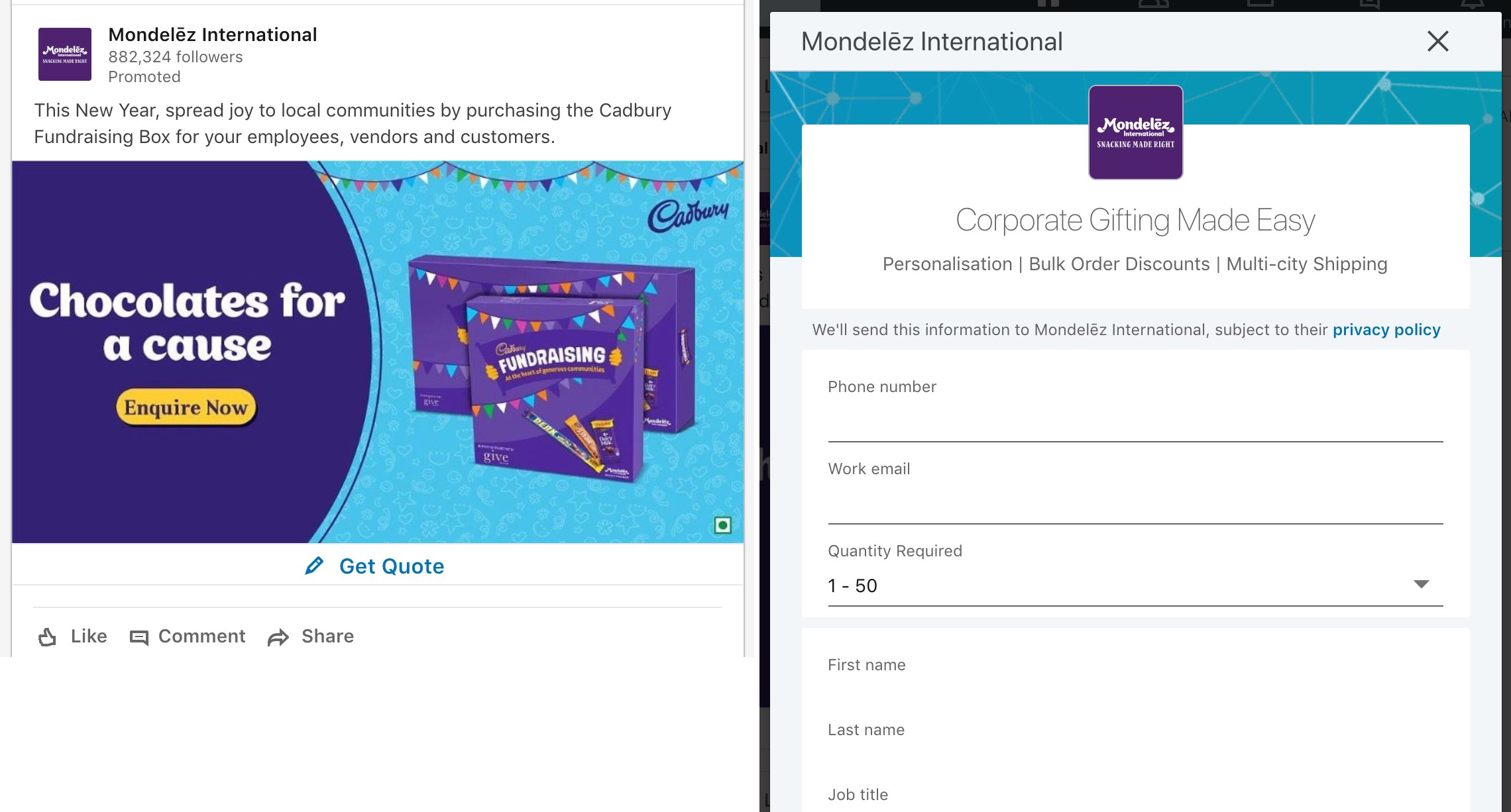
The point is that these are normal consumer product brands that created specific gift-centric packs and options and positioned them specifically… and gained tremendously from such positioning and communication.
But why should gifts always be the same – physical products in gift wrap?
The question then is this: how are digital-only products repositioning themselves towards gifting?
When you think ‘digital + gifting’, the first thought you usually get is a digital gift voucher 🙂 Have other digital goods owners considered creating and positioning themselves as ideal gifting options?
Here are some examples.
Charles Schwab, the financial services company is positioning fractional shares/stock slices as gifts, ahead of the Christmas season! The brand is advertising this specifically too!
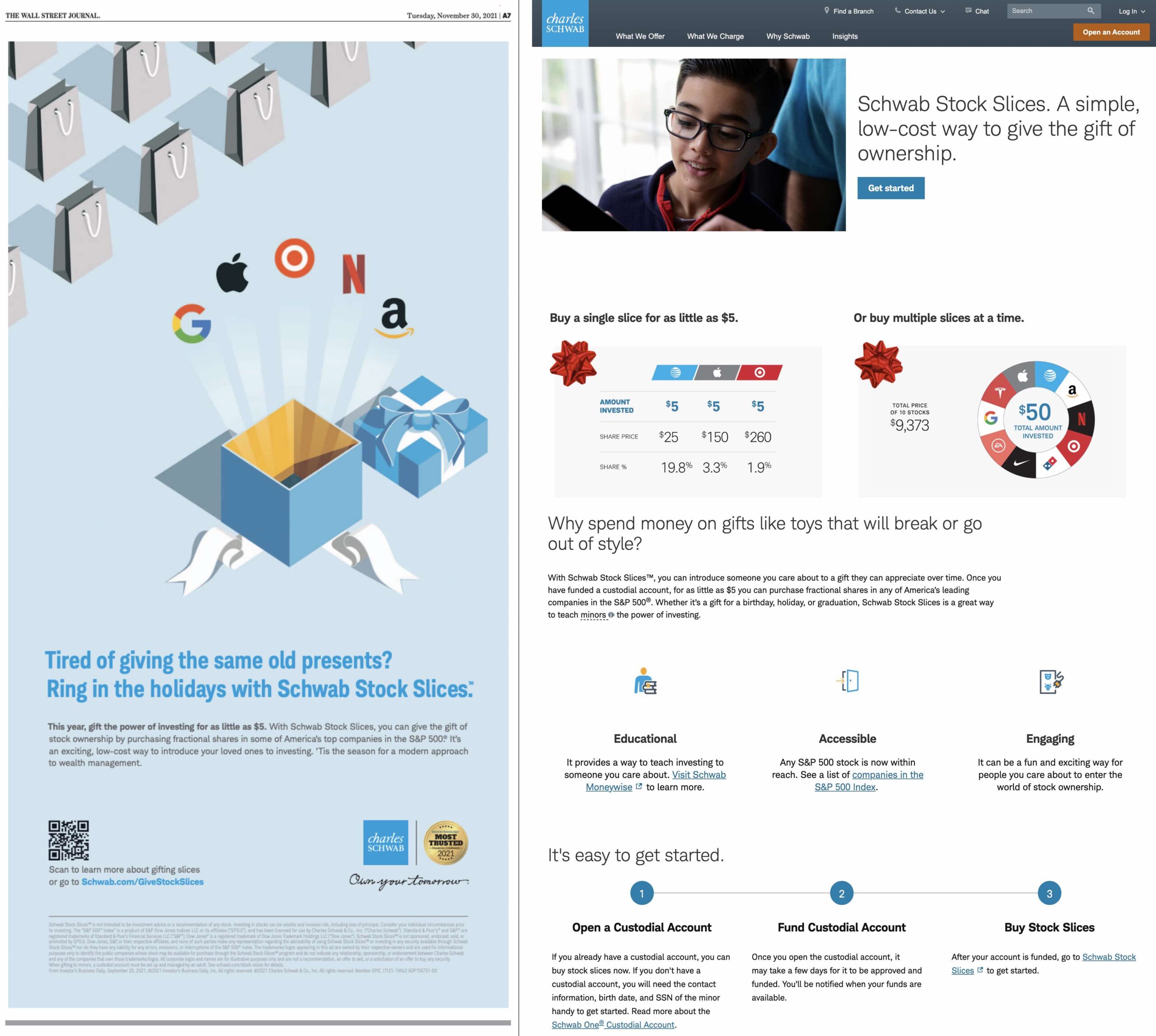
The way they have framed it is interesting – ‘gift of ownership’. Going through the dedicated page for stock slices, you notice that they have thought through this idea quite well, including how it would work within their product flow and what would it take for people to opt for this gift.
Another example.
I was looking for gifts to give my daughter for Christmas and was considering the usual – books. She is 11 and has a running list of books she wants and it is very easy to pick some from that list and buy them. In fact, I have already bought a couple of books and keeping them for gifting eventually 🙂
But the other day, I got an email from Juggernaut Books (since I had installed their app at some point in time) that spoke about Unlu’s online courses. I assume Unlu is using Juggernaut as a marketing partner since the email subject was ‘Learn writing from Ruskin Bond’!
The ‘Ruskin Bond’ keyword perked my interest since my daughter is a HUGE fan, and is a budding writer herself who looks up to him!
So I looked it up, paid Rs.499, bought the course immediately. Unlu offers lifetime access (hope they keep raising funds from VCs), so I just need to install the app on the iPad at home and give it to her as a Christmas gift 🙂
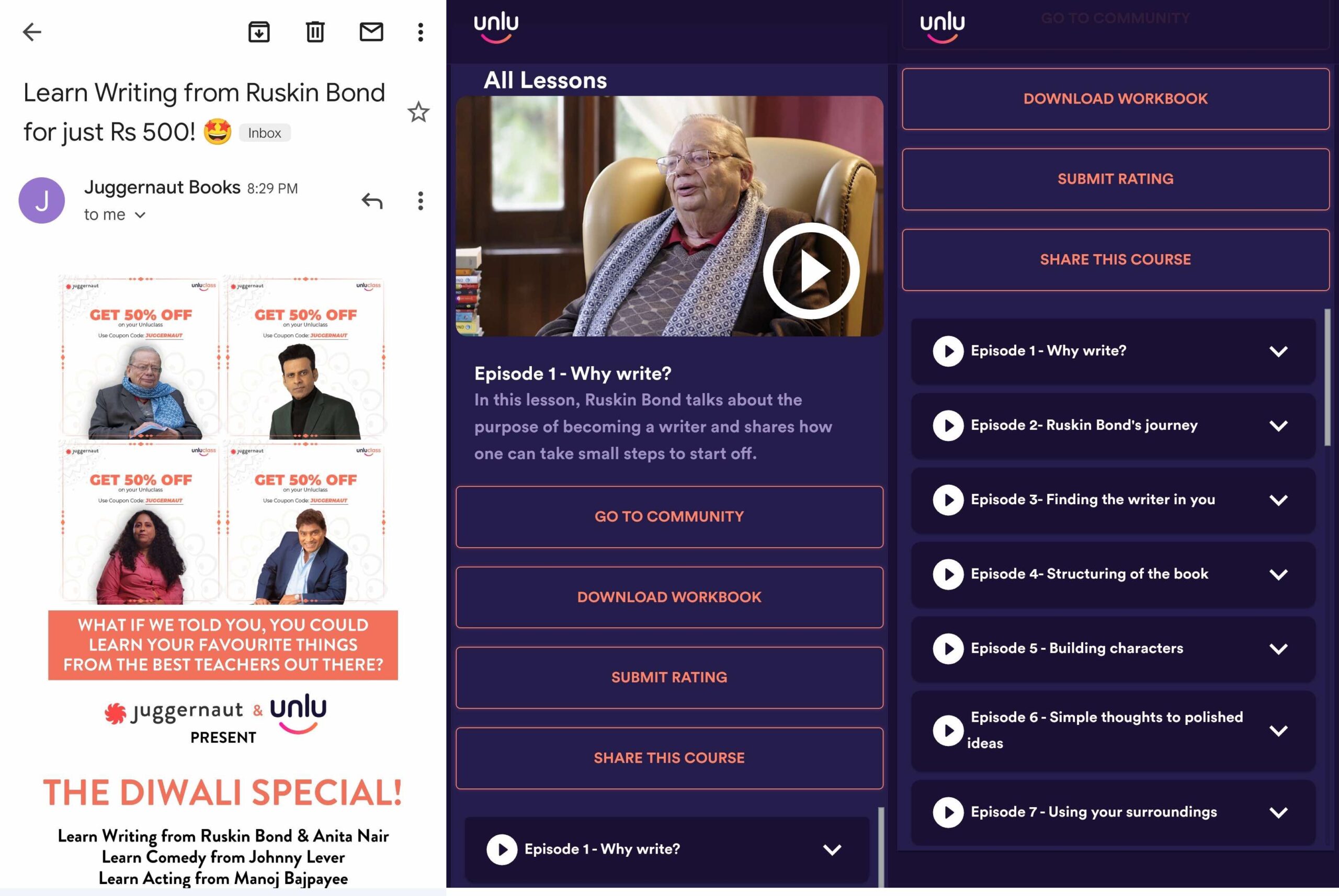
Unlike a book, a writing course from Ruskin Bond himself, even if it is a set of pre-recorded videos, is the ‘gift of experience’.
The more relevant it is to the recipient (it’s the thought that matters, after all), the more impactful the experience. I had not heard of Unlu before this email from Juggernaut, but when I looked up their other offerings, I felt they could be very, very interesting repositioned as gifts. Imagine a friend who is very interested in comedy – wouldn’t you like to gift her/him an online course on comedy by Johnny Lever himself?
However, I don’t think Unlu may have considered this use-case and maybe simply focusing on sign-ups, generally. If they did/do focus on the gifting context, the product’s workflow may need an update to manage the user’s expectation from a gifting perspective and not from an end-user perspective.
For instance, in the case of gifting, person A pays but is not the actual end-user who would create a user ID and use the actual product. Person B is the recipient who would end up creating a user ID, log in frequently, and consuming the product.
In my case, I created a login ID using my phone number and intend to give that to my daughter. But when the recipient is not from the family, the flow needs to be planned differently by Unlu, if at all they consider gifting as a use case worth promoting.
The same idea could be used by many other online courses too. The thought is what matters in gifting, as always – you identify something that could help (or be interesting for) a friend and gift her an online course that they could engage in any time they want, and perhaps have not considered themselves already.
Moving beyond courses, think of other digital goods that are common these days.
An OTT platform subscription for a period of time?
For example, you know your friend does not have Voot subscription and isn’t considering it either because they don’t know what they’d watch on the platform. You know that two seasons of the show Evil is only on Voot (in India) and you know that they would love the show. Can you gift Voot’s one-year subscription? Currently, no!
(Digression: ‘Evil’ is a fantastic show, by the way!)
Because Voot is looking at only users signing up as a use-case, not a person offering the subscription as a gift. This is applicable to every other OTT platform too, by the way.
If they considered gifting as a use-case, much before they advertise that feature, they need to create the workflow in their product to direct people towards the gifting option!
Ditto for ebooks and audiobooks! I had written about it earlier this week, but within the context of this post, the focus is on the workflow inside Kindle or Audible to make gifting possible seamlessly.
I figured that Amazon had thought through this already at least with regard to ebooks! The flow seems pretty smooth!
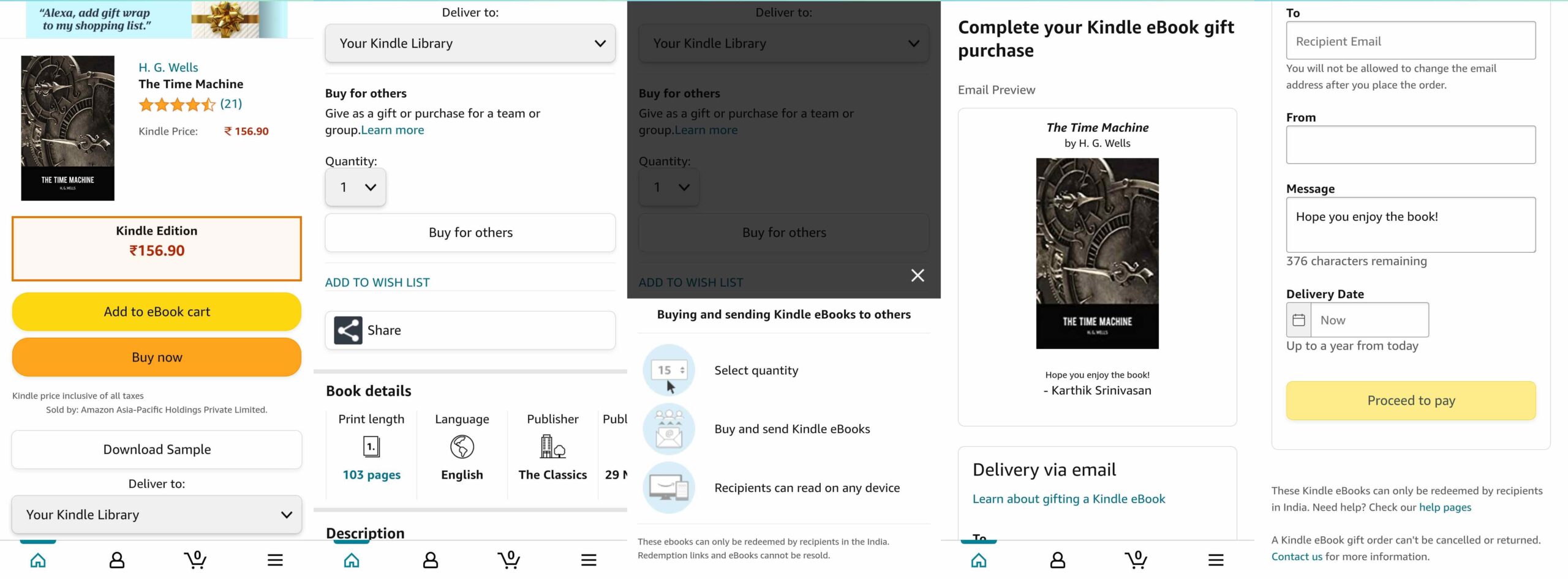
When brands reframe the idea that any digital good can be a gift, the opportunity is virtually endless.
Think of Swiggy One membership as a gift. Or Zomato Gold/Pro plan as a gift!
How about a one-year subscription to Amazon Prime?
Or a one-year LinkedIn premium membership that does not auto-renew (LinkedIn is notorious for this)?
Or think of Fitbit premium membership to someone you know has a FitBit device but not the premium membership.
Or, a 6-month subscription for Business Standard newspaper to someone you know would value that and is not currently reading that newspaper? There are two options – you should be able to gift physical copies (you pay for it and the recipient enters their address—for delivery—to finalize the gift), or you should be able to gift paper versions.
Then the more obvious ones – a one-year subscription to Spotify, or JioSaavn?
If we set aside the basic notion that a gift only needs to be a physical product, the options are pretty vibrant.
Imagine Swiggy creating a specific digital gift coupon that allows a recipient to order only laddoos from any store nearby up to Rs. 2001! Or, only pizzas from stores nearby up to Rs. 3,500. The options are limited only by our imagination.
The last consideration, besides conception and workflow update, is presentation.
The reason why a physical product makes for an attractive gift in gift wrap paper is that it looks attractive 🙂 A digital gift can never be as interesting to attractive, so the brands carving digital gifts need to work twice as hard to make it unique.
Most gift vouchers look the same – like a piece of card/paper.
Consider how the gift will be given. A physical gift is hand-delivered or couriered, but a digital gift can be sent via many online-only modes – email, text/WhatsApp message, and so on.
How can this be made more interesting? The actual product is just a coupon code, in most cases 🙂
Imagine – your friend calls you up and asks you to type in a URL that goes name-has-a-gift dot com (replace the name with your name). You are surprised, but you comply. The page opens with some snazzy graphics and wishes you for some occasion (birthday, achievement, etc.) and then asks you to enter the magic keyword. You ask your friend and she reads out the keyword (coupon code). Then you see the gift on the screen.
Like the options for digital gifts, the delivery too is limited only by our imagination.
Cover picture credit: Vecteezy
